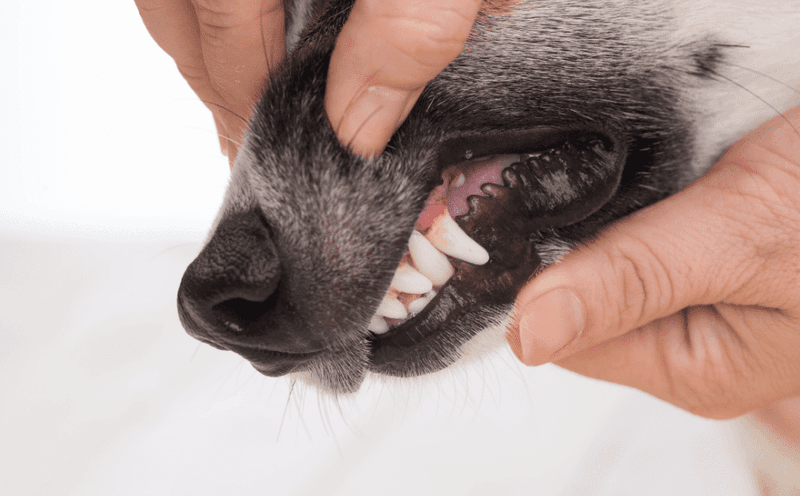Recognizing the signs that a beloved pet is nearing the end of its life can be emotionally challenging. Understanding these signs helps in making informed decisions and providing comfort during their final days. This article outlines 11 indicators that may suggest your dog is approaching its final moments.
Increased Fatigue
Remember the days when nothing could tire out your energetic friend? Dogs nearing the end of their life often exhibit increased fatigue.
They might sleep more and show less interest in activities they once loved. This lethargy often results from their body conserving energy as vital organs begin to fail.
Though heartbreaking, providing a comfortable resting spot with familiar surroundings can help ease their transition. Cherish the moments of quiet companionship as these are especially precious now.
Labored Breathing
Is your dog’s breathing pattern changing? Labored or irregular breathing can indicate distress in a dog nearing the end of life.
They may experience rapid breaths followed by long pauses, a sign that their respiratory system is struggling. It’s crucial to maintain a calm environment, as stress can exacerbate these symptoms.
Consulting with a veterinarian can provide guidance on managing these changes to ensure comfort. Your presence and touch can offer immense solace during these vulnerable times.
Loss of Coordination
Notice your dog bumping into things or struggling to stand? Loss of coordination is a common sign in dogs approaching their final days.
It can be unsettling to see your usually agile pet stumble or appear disoriented. This decline often results from muscle weakness and neurological changes associated with aging.
Helping them navigate their environment safely and gently guiding them can prevent injuries. Offering emotional support and understanding is key during this time.
Loss of Appetite
Is your once voracious eater now uninterested in meals? A significant decline in appetite can be a clear indication that your dog might be nearing the end of its life.
This change often occurs because their body is beginning to shut down, and their organs aren’t functioning as they once did. As distressing as it may be to watch, this is a natural part of the aging process.
Providing small, easily digestible meals or even hand-feeding might offer some comfort. As a caregiver, ensuring their last days are calm and peaceful is what truly matters.
Incontinence Issues
Has your dog started having accidents in the house? Incontinence can be a sign that your dog’s health is declining.
As their muscles weaken, controlling bladder and bowel functions becomes challenging. While frustrating, it’s important to approach these incidents with compassion.
Placing absorbent pads and maintaining a clean area can aid in managing this issue. Providing love and patience ensures your dog feels cared for and secure, despite these changes.
Isolation from Family
Does your dog prefer solitude over family time? Dogs nearing the end of their life often seek isolation.
This behavior might stem from a natural instinct to hide when feeling unwell or vulnerable. It can be difficult to respect their need for space when all you want is to comfort them.
Allowing them to retreat to their chosen spots, while gently offering companionship, can be comforting for both of you.
Weight Loss
Have you noticed your dog losing weight despite eating well? Unexplained weight loss may suggest their body isn’t absorbing nutrients as it should.
As their metabolism changes, they can become frail and bony, signaling the end is near. Providing a nourishing diet tailored to their needs can help maintain some energy and comfort.
Cherishing these moments and holding them close can make their transition a bit easier for both of you.
Changes in Gum Color
Have your dog’s gums changed color? Observing pale or bluish gums can be alarming, often indicating circulatory or respiratory issues.
These changes can signify a decrease in oxygenation and blood flow, common as dogs approach their final phase of life. Regularly checking their gums can give insights into their health status.
Consulting your vet for advice on comfort measures is crucial. Your attention and care during this time are invaluable.
Confusion or Disorientation
Is your dog acting confused or lost in familiar places? Cognitive decline is not uncommon in aging dogs nearing the end of life.
They may forget routines or become disoriented in their own home. This bewilderment can be distressing for both you and your pet.
Creating a safe, predictable environment and offering gentle reassurance can alleviate some anxiety. Embrace the moments of recognition and joy, no matter how fleeting.
Irregular Heartbeat
Have you felt your dog’s heartbeat change? An irregular or weak heartbeat can indicate declining health in elderly dogs.
These changes may lead to weakness or fainting, signaling that their heart is struggling. Monitoring your dog’s condition and consulting with a vet can help manage symptoms and provide comfort.
Holding them close and maintaining a peaceful environment can offer them solace during this stage.
Lack of Interest in Favorite Activities
Does your dog no longer play with its beloved toys? A lack of interest in activities they once enjoyed can indicate a dog’s declining health.
This change often stems from fatigue or discomfort, which makes engaging in play difficult.
Offering alternative forms of interaction, like gentle petting or quiet companionship, can still bring joy. These moments of shared love and understanding are what truly matter in their final days.











